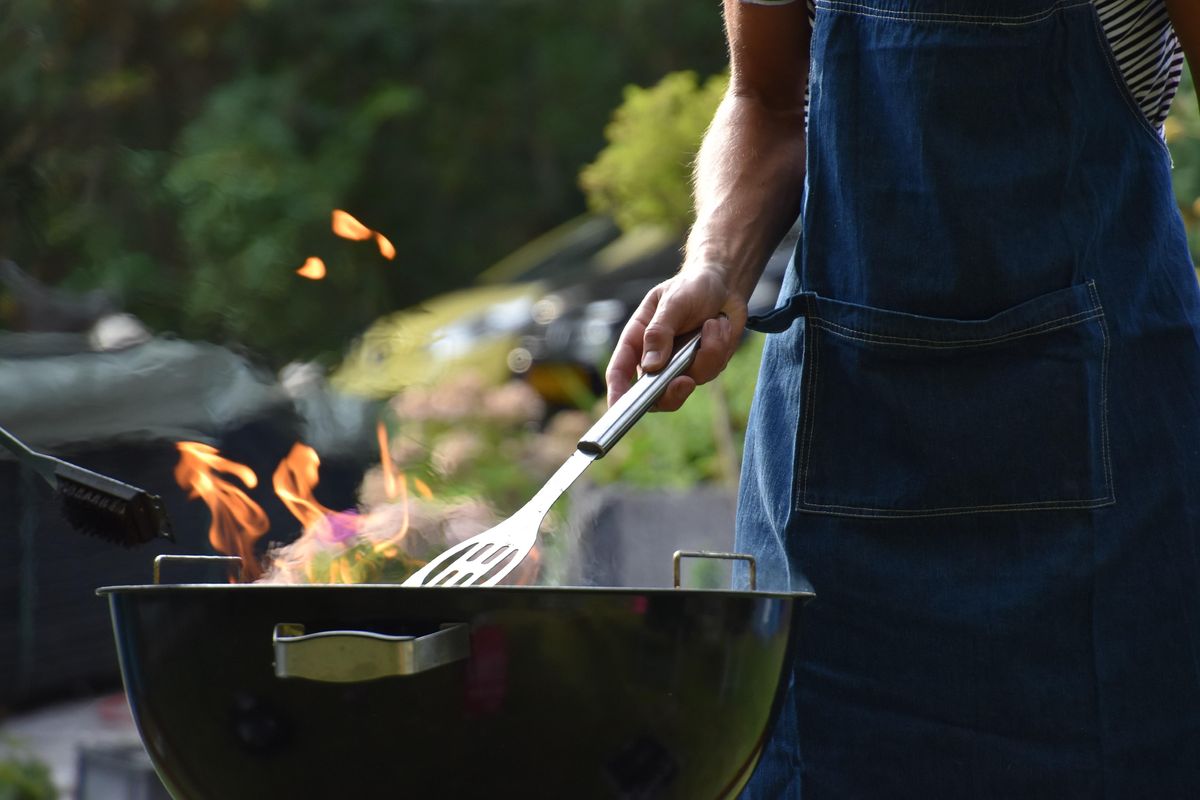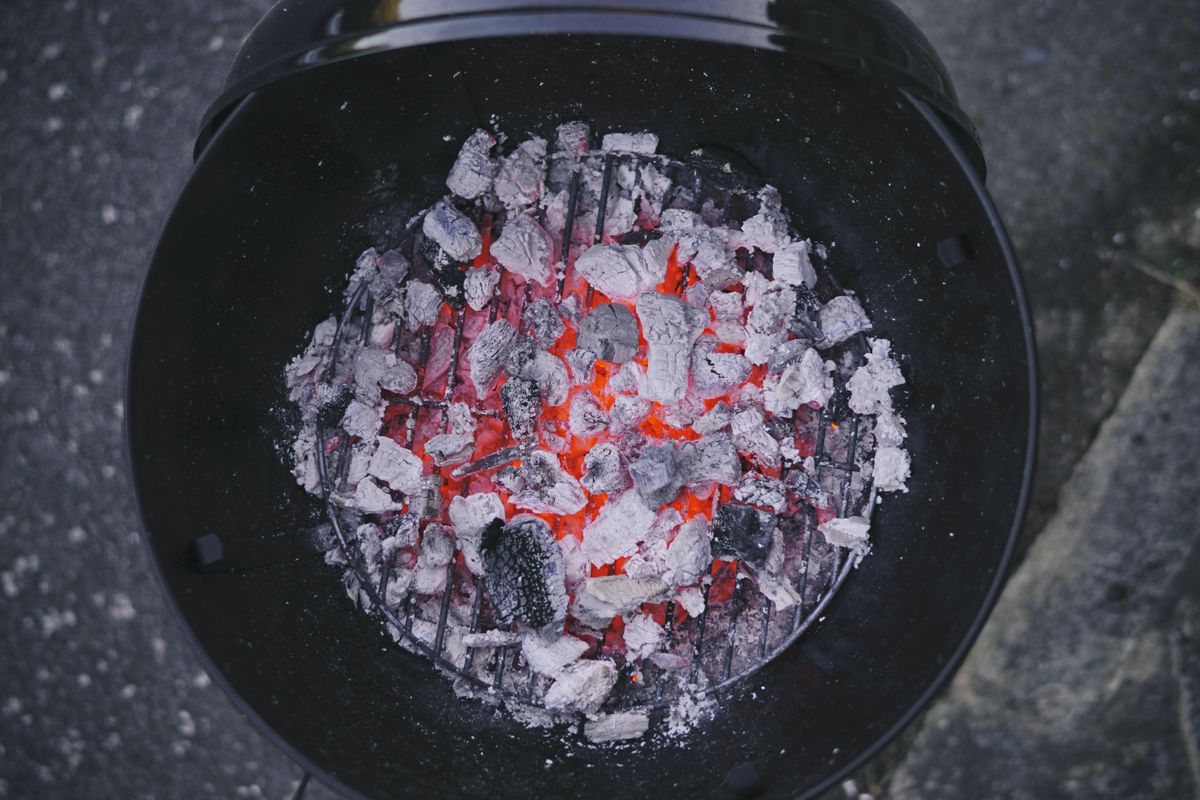Using a gas grill

How to use a gas grill
Santeri Viinamäki, CC BY-SA 4.0, via Wikimedia Commons
Let’s face it, using a Gas Grill can be…intimidating. For the longest time, it has been the gatekeeper to the world of the straight masculine man’s man.
After all, it’s basically one big gadget! It looks like there’s a lot that goes into it, so usually, we just let someone else handle things.
Honey, it’s time to set the record gay.
Grilling is for everybody, and nobody should feel intimidated by it! After all, it’s Pride Month! So, we’re here to show you how to use a gas grill in as little as three easy steps. THREE. ‘Aint nothing scary about that.
You’re going to need:
- A Gas Grill
- Small Fire Extinguisher
- A Backup Gas Tank
- Long Spatula
- Long Stainless Steel Tongs
- Paper Towels
- Choice of Oil (Grapeseed, Canola, Olive, etc.)
- Wire Brush
- Spray Bottle (optional)
So, grab your cutest booty shorts and a crop-top, and let’s get cookin’!
Step1: Open It Up!
This is really two steps. You’ll want to open the lid so there’s no gas buildup when it’s initially lit and to get acquainted with what you’re working with. Cast iron or stainless-steel grates, all that good stuff.
Then it’s to the gas tank. All you’ll have to do here is turn the knob on the top counterclockwise all the way to let the gas flow to the grill.
Whether your grill uses natural gas or propane doesn’t make much of a difference in this case.
Step 2: Turn it on, and Heat it Up

How to heat a gas grill
Photo by Vincent Keiman on UnsplashThere’s a few knobs on the front of the grill. If you’ve got an ignite button, just give it a push and adjust the knobs to turn the heat up. Or, without the button, just press the knobs in like you’re lighting a gas stove top and adjust the same way.
You can either crank them all up or just one side if you want a little more control over what you’re cooking. The side with less heat is easier for you to move food back and forth, but it’s really up to you!
Now close the lid, and let it heat up to about 400 degrees.
Step 3: Clean and Season the Grates

How to grill food on a gas grill
Photo by Evan Wise on UnsplashYou’re going to want to make sure the grill is clean before and after using it. Which is usually easier to do when it’s already heated up. Get all that gunk off, ya know.
Use the wire brush to give the grates a scrub and get it ready to use.
Then, just like cooking anything else, you’ll need to oil it up so everything doesn’t stick. So, get a cup half full of the oil of your choosing, and use the tongs to dip a few pieces of paper towel in. Apply the oil to the grates. This way is easiest so you can just toss the towels after.
Now you're ready to start grillin'! Honestly…that's all there is to it!
Step 4. Shut Down the Grill
Once you have cooked your food, make to turn off all the knobs on the grill and make sure you shut off the propane tank too. Scrape off the grill with your wire brush, dispose of any trash and shut the lid.
Pro Tips
- Having your grill set up half super-hot and half less is the best way to make sure nothing is overcooked. Most gas grills have a small rack above the grates themselves that you can also use to move your items around. But in the other case, the half and half method is best.
- A backup gas tank will make sure you don’t run out mid-grilling too. ‘Aint no gas gonna slow your roll.
- A spray bottle filled with oil is a good way to re-coat the grill and give a light spritz to the food.
- Don't put on the grill cover until the barbeque has completely cooled down otherwise you run the risk of burning the cover or melting it.
Now get out there and grill like a Queen!









